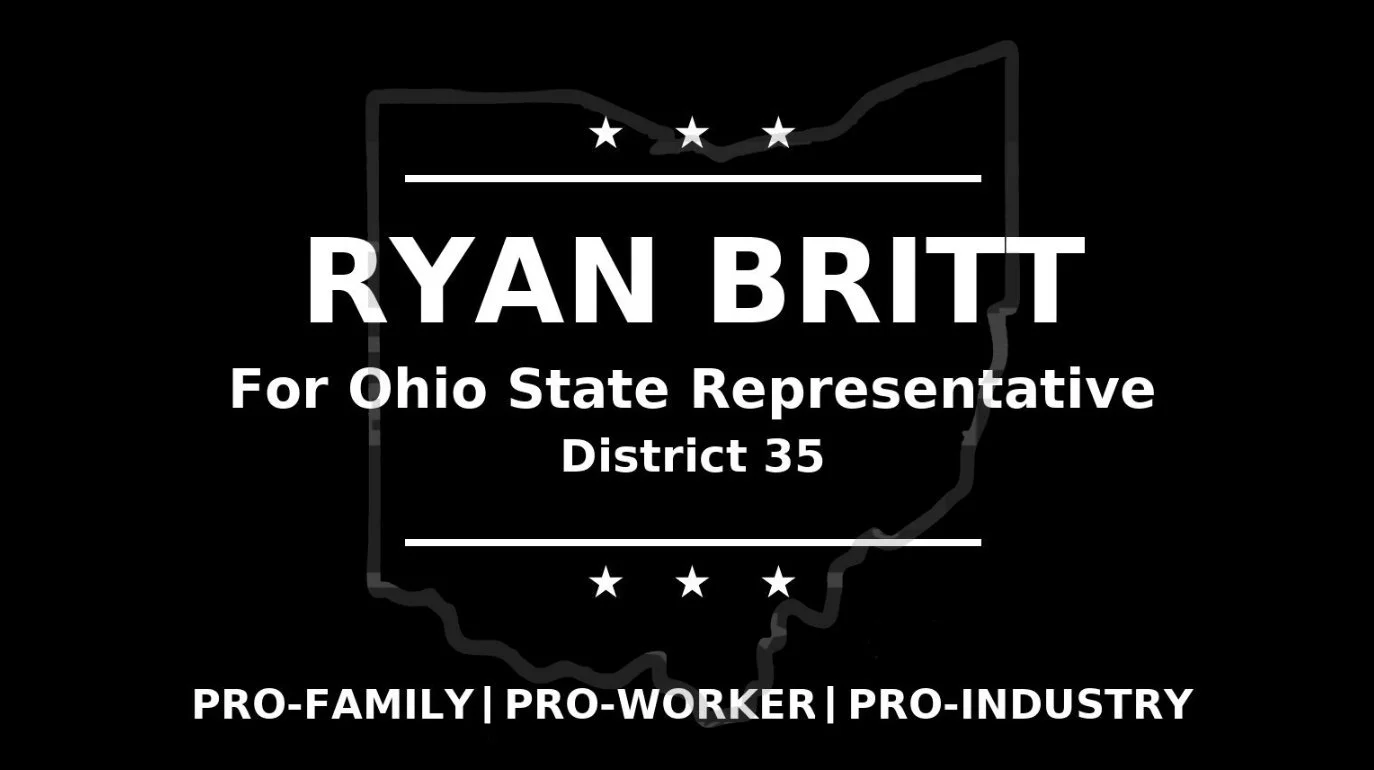Ohio’s Veterans Deserve Real Tax Relief
The Problem: Current Law Leaves Too Many Veterans Behind
Ohio’s Homestead Exemption was designed to help seniors and some disabled homeowners, but when it comes to veterans, the law falls short.
Today, only a few groups qualify:
Seniors (65+) or permanently disabled Ohioans who pass an income test (about $40,000 Adjusted Gross Income).
Veterans who are 100% service-connected disabled, regardless of age or income.
Surviving spouses of service members killed in the line of duty.
That means thousands of Ohio veterans with significant service-connected disabilities, those rated between 50% and 90%, receive no property tax relief at all unless they separately qualify as seniors (65+) or permanently disabled and meet the income test.
Meanwhile, property taxes are one of the biggest burdens on working families and retirees. With millage rates climbing in many communities, veterans are being taxed out of their homes despite having given so much for our country.
The Proposal: A Scaled Homestead Exemption for Disabled Veterans
I believe Ohio can do better. My proposal is simple:
Scale the exemption to disability rating. A veteran with 100% disability would receive the full $50,000 homestead exemption. A veteran with 90% disability would receive 90% of that exemption, down to 50% for those rated at 50% disability.
Maintain the income test for seniors and permanently disabled non-veterans. They will continue to qualify only if their household income meets the current threshold.
Remove the income test for service-connected disabled veterans. Veterans shouldn’t be forced to prove poverty before they qualify for tax relief tied to their service. Their disability rating is proof enough.
Low-income veterans without a service-connected disability would still need to pass the means test like other seniors and non-veterans.
This reform respects the sacrifices of our veterans while keeping the program targeted.
The Numbers: Statewide and Local Impact
According to the U.S. Census Bureau, Ohio is home to about 572,000 veterans. Of these, an estimated 115,000–125,000 are living with disabilities connected to their service.
Statewide cost: Roughly $250–280 million annually in property tax reductions, depending on how many veterans claim the exemption.
Local impact: In Geauga, Portage, and Summit Counties, which together are home to about 36,000 veterans, this proposal would extend relief to 12,000–14,000 veteran households. That translates into about $12–14 million in annual relief across just these three counties.
For perspective, the current law serves only a small fraction of these veterans. The proposed reform ensures that relief is broad but proportional to need.
Fiscal Responsibility: Offsets, Integrity, and Sunset
As a conservative, I know every dollar must be accounted for. That’s why this proposal is paired with a commitment to offsets, program integrity, and review.
Program Integrity Savings: Even modest improvements in oversight of large state programs could free up resources to fund targeted tax relief for veterans. These should and can be pursued.
Targeted Reform: By scaling the exemption, Ohio avoids an open-ended commitment and ties benefits directly to the level of disability.
Mandatory Sunset: This reform would include a five-year sunset, requiring the legislature to review its cost and effectiveness before renewal. That ensures accountability, gives taxpayers confidence, and allows adjustments if necessary.
This is a disciplined tax relief plan for veterans who have earned it.
How It Differs from Current Law
Current law: Seniors (65+) and permanently disabled Ohioans who meet the income test receive about a $28,000–29,000 reduction in taxable value (indexed annually for inflation). Veterans who are 100% disabled receive a $50,000 reduction, regardless of income.
Proposed reform: Scaled exemptions for veterans with service-connected disability ratings between 50% and 100%, with no income test. Seniors, permanently disabled Ohioans, and low-income veterans without service-connected disabilities would still face the income test. The maximum benefit remains $50,000 for those most severely disabled, but the reform expands access proportionally to those rated between 50% and 90%.
Background: How the Exemption Evolved
Ohio’s Homestead Exemption was originally set at $25,000 of taxable value. In 2014, lawmakers revised the program.
For seniors and permanently disabled Ohioans, the amount was tied to inflation. As a result, the exemption now stands at about $28,300 in 2024 and will rise to roughly $28,800–29,000 in 2025.
For veterans, a new track was created granting those with a 100% service-connected disability a $50,000 reduction with no income test.
This history matters because it shows that Ohio already recognized the unique sacrifices of disabled veterans, but the law still leaves out tens of thousands with partial disabilities, which this reform would address.
Why It Matters
Veterans answered the call of duty and served our nation. Many live with permanent disabilities that affect their daily lives. Yet under Ohio’s current property tax law, they are treated no differently than any other homeowner unless they meet an all-or-nothing standard.
For me, this issue is personal. My grandfather served our country in Vietnam, and my great-grandfather before him served in World War II. I grew up proud of the sacrifices they made and the values they carried home with them. When I think about the men and women like them, those who served, came home, and now live with the lasting impact of that service, I know we owe them more than words. We owe them action.
This proposal delivers meaningful, proportional tax relief to veterans across the state while maintaining fiscal responsibility. It’s a reform that honors service, strengthens communities, and reflects our conservative commitment to both gratitude and stewardship.
For a full policy paper with data tables, statutory citations, and background notes, click here to download the PDF version.

